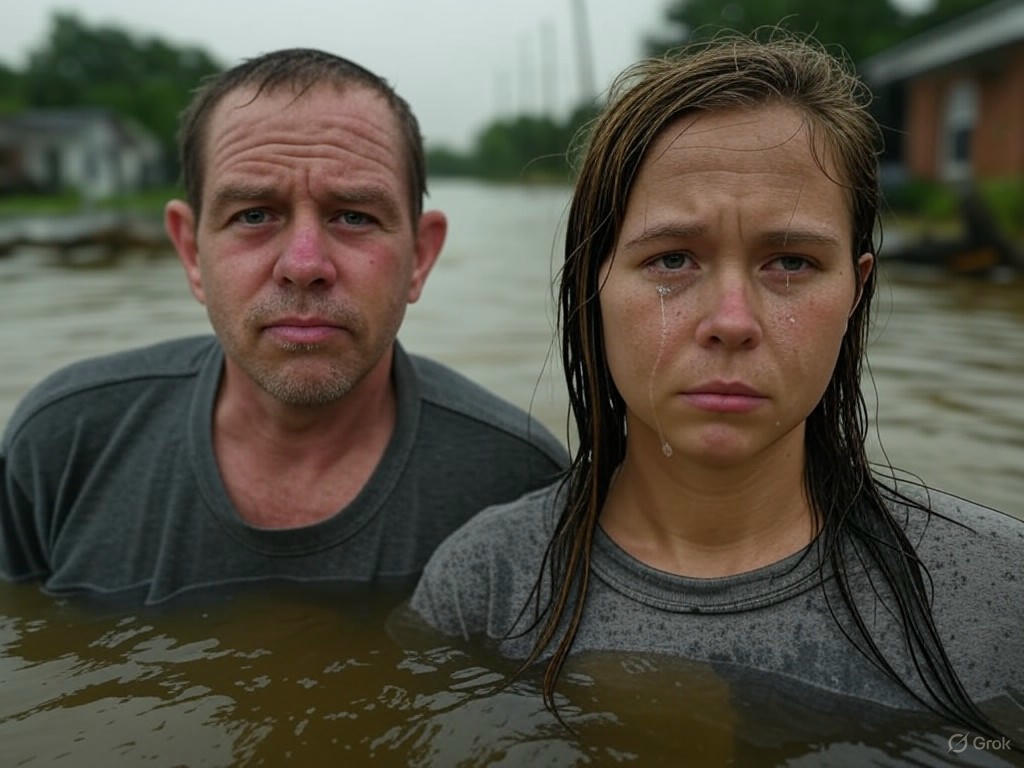Tragic Oklahoma Flash Floods Claim Lives Amid Historic Weather Emergency
In a devastating reminder of nature's force, flash flooding in Moore, Oklahoma has seized national attention. The sudden surge of water claimed the lives of a 12-year-old boy and an adult woman on April 21, 2025, leaving the community reeling. The severe thunderstorms that rolled through the region transformed streets into rivers and forced dozens into high-water rescues, prompting widespread flash flood warnings and grief.

Flash Floods: A Sudden and Deadly Threat
Flash floods are among the most dangerous weather events due to their speed and unpredictability. As outlined in the National Weather Service's guidance, a flash flood warning is issued when flooding is imminent or already occurring. These high-alert warnings differ from watches in that immediate action may be required to protect life and property.
Extreme weather patterns are becoming unsettlingly common, with recent disasters like the 1,000-year rainfall event in Kentucky in July 2022 and catastrophic California flooding in January 2024 underscoring the risks. This week's Oklahoma storm is another grim entry in that timeline of climate-driven chaos.
April 2025: Timeline of a Tragedy
The storms began battering Oklahoma on April 20, 2025, bringing intense rain that rapidly overwhelmed drainage systems. By the next day, scenes of destruction emerged from Moore, a city already scarred by past tornado disasters. During one heart-wrenching incident, police reported a vehicle being swept into a creek, tragically killing two passengers—a child and an adult woman.
As emergency responders worked urgently overnight, dozens of high-water rescues were conducted. Over 19,000 homes lost power, and main roads became impassable. The local police described the flood as one of the worst in recent memory.
Community Mourning and Official Response
In their official statement, the Moore Police Department captured the emotional and physical toll on the city:
This was a historical weather event that impacted roads and resulted in dozens of high-water incidents across the city. Our thoughts and prayers go out to the family and friends of the victims.
Community members have begun memorializing the victims and thanking first responders who risked their lives in submerged intersections. The flash flood has also sparked wider concern about emergency preparedness and infrastructure resilience in flood-prone regions of the Midwest and South.
CBS News highlighted the fear and chaos that gripped residents during the fast-rising waters, emphasizing the life-and-death decisions made within minutes. The tragic death of a child—a symbol of innocence and vulnerability—has particularly shaken the public.
Why This Story Is Resonating Nationwide
Flash floods can strike with no warning, leaving little time to react. This Oklahoma tragedy serves as a jarring wake-up call as climate extremes intensify. While many seek comfort in community solidarity, others call for improved forecasting systems and more resilient city planning.
The shared grief and amplifying social conversations highlight how environmental disasters are no longer isolated events—their emotional and physical toll ripples far beyond state borders.
Conclusion
✔️ Summary point
The sudden flash flooding in Moore, Oklahoma, led to the heartbreaking loss of two lives, including a child, during a historic weather event marked by chaos and community bravery.
✔️ Reaction or implication
As climate-driven storms grow more intense, this tragedy underscores the urgent need for emergency readiness, resilient infrastructure, and public awareness of flash flood warnings.



